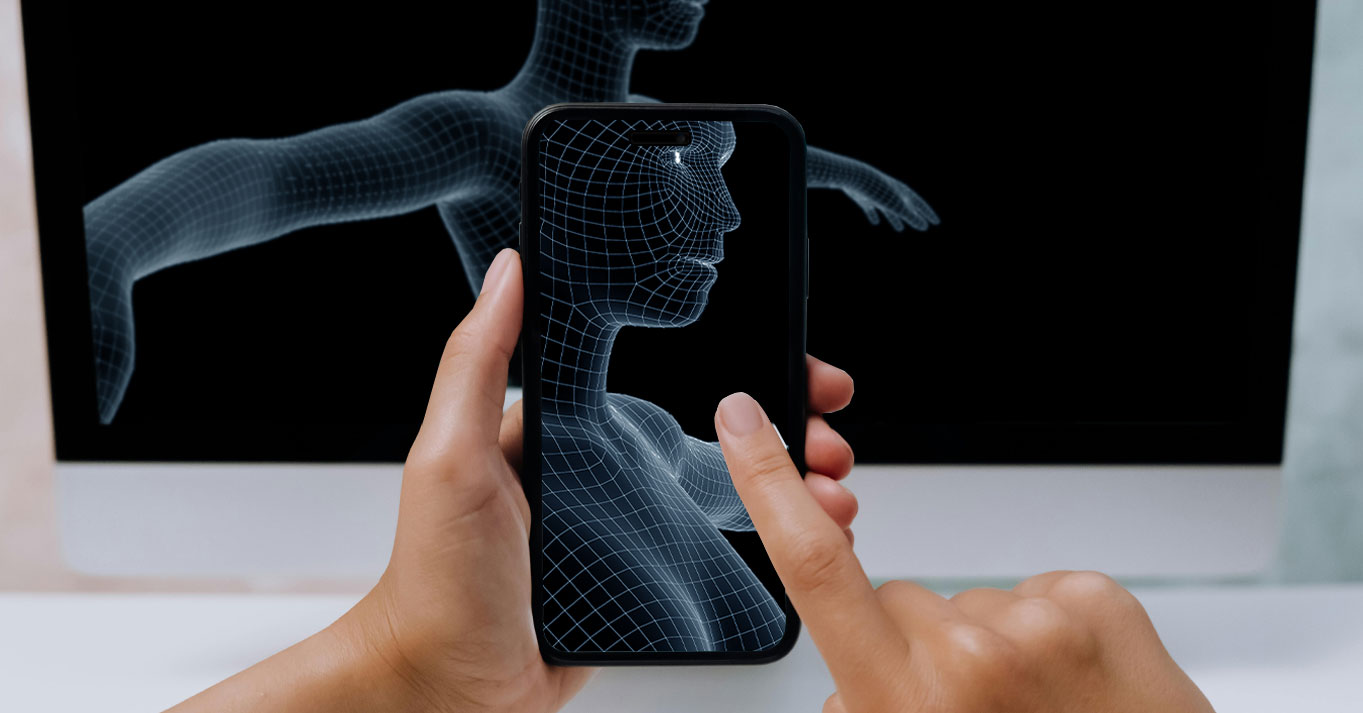
The aesthetic industry thrives on innovation. From minimally invasive procedures to plastic surgery, its constant progress keeps patients excited and your practice competitive. But the landscape of marketing these advancements is also evolving rapidly. Traditional methods, while still valuable, need to be supplemented by emerging technologies and trends to reach new audiences and build lasting relationships. Here’s how forward-thinking clinics and specialists can navigate the future of aesthetic marketing.
Embracing Technology: A Symbiotic Relationship
Technology is no longer a futuristic fantasy in the world of marketing. It’s a powerful tool that, when used strategically, can streamline processes, personalize interactions, and ultimately drive patient acquisition. Here are three key areas where technology is reshaping aesthetic marketing:
- Artificial Intelligence (AI): Imagine a potential patient arriving at your clinic’s website after a quick online search. An AI-powered chatbot greets them, answers initial questions about procedures, and even schedules a consultation – all without human intervention. This is the future AI promises.
- Lead Qualification and Engagement: AI chatbots can handle basic inquiries, freeing up staff to focus on complex questions and existing patients. By qualifying leads based on pre-programmed criteria, AI ensures that only genuinely interested patients reach your calendar.
- Personalized Treatment Recommendations: AI algorithms can analyze patient data (age, medical history, desired outcomes) to suggest suitable procedures and treatment plans. This level of personalization fosters trust and demonstrates a commitment to each patient’s unique needs.
- Ethical Considerations: Transparency is paramount when using AI. Patients should be aware of chatbot interactions and how their data is used.
AI is a powerful tool, but it shouldn’t replace human connection. Consider it a supportive assistant that enhances, not replaces, your patient interactions.
- Virtual Reality (VR) and Augmented Reality (AR): Ever wished you could give patients a sneak peek at their potential post-procedural selves? VR and AR technologies are making this a reality.
- VR Consultations: Imagine a patient experiencing a virtual simulation of a specific procedure, complete with realistic before-and-after results. VR consultations can alleviate anxiety, answer visual questions, and set realistic expectations.
- AR Education and Understanding: AR apps can display 3D models of anatomical structures directly on a smartphone or tablet. This allows patients to visualize treatment areas and understand the science behind procedures in an interactive way.
While VR and AR offer exciting possibilities, they are still evolving. Costs associated with implementation and potential limitations in accessibility need to be considered.
- Data-Driven Marketing: In today’s digital world, data is king. By collecting and analyzing patient data (demographics, treatment history, online behavior), clinics can gain valuable insights into patient preferences and tailor their marketing strategies accordingly.
- Personalized Communication: Data allows you to segment your audience and send targeted messages that resonate with their specific needs and interests. Imagine sending email campaigns focused on anti-aging solutions to a group of patients in their 50s, or promoting body contouring procedures to those seeking a more sculpted physique.
- Targeted Advertising: Leveraging data from social media platforms and search engines, you can display targeted ads to a wider audience more likely to be interested in your services. This ensures a higher return on investment for your marketing budget.
Data-driven marketing is about building relationships, not exploiting information. Always prioritize secure data storage and ensure compliance with privacy regulations like HIPAA.
Learn more about how to grow your practice
Keeping Up with Trends
Technology isn’t the only factor shaping the future of aesthetic marketing. Patient demographics and communication preferences are also undergoing a significant shift. Here are two trends clinics need to be aware of:
- Shifting Patient Demographics: The aesthetic industry is no longer limited to baby boomers. Millennials and Gen Z are increasingly seeking non-surgical and minimally invasive solutions to enhance their appearance. This younger demographic thrives online and expects a seamless digital experience.
- The Power of Influencer Marketing: Social media influencers hold significant sway, particularly with younger generations. Partnering with relevant influencers can expose your clinic to a wider audience and build trust through authentic recommendations. However, choosing the right influencer is crucial. Look for individuals whose values align with your clinic’s philosophy and whose audience reflects your target demographic.
- The Rise of User-Generated Content (UGC): Positive patient experiences shared online, whether through social media posts, review platforms, or before-and-after photos, hold immense power. Encourage satisfied patients to share their stories. Genuine endorsements from real people can be far more persuasive than traditional advertising.
Innovation is Key
The future of aesthetic marketing is a blend of cutting-edge technologies, evolving trends, and a commitment to building trust with patients. By embracing innovation, staying informed about emerging trends, and prioritizing patient relationships, clinics, and specialists can not only stay competitive but also thrive in this dynamic landscape. Here are some actionable steps you can take to get started:
- Conduct a Marketing Audit: Assess your current marketing efforts. Identify strengths and weaknesses, and determine areas where technology or trend adoption could be beneficial.
- Develop a Data Strategy: Outline a plan for collecting, storing, and analyzing patient data securely and ethically.
- Invest in Staff Training: Equip your team with the knowledge and skills to leverage new technologies and adapt their communication styles to resonate with different demographics.
- Experiment with New Technologies: Start small by piloting a chatbot or exploring social media advertising platforms. As you gain comfort, consider incorporating more advanced technologies like VR or AR.
Do you want to grow your practice? Let’s get started!
Remember, the future of aesthetic marketing isn’t about replacing the human touch with technology. It’s about using these tools to enhance communication, personalize experiences, and ultimately build stronger, more lasting relationships with patients. Ensure your marketing efforts remain effective and engaging for years to come with Aesthetic Marketing Partners.

